Some context on the Pentax Zoom 105 Super: I started negotiating yard sales, thrift stores, Craigslist, and auctions for point-and-shoot cameras in March 2017, a month after Ren Hang’s death. The idea was to dishevel my current way of shooting things – which is to say, also, seeing things – and to unravel certain rigid approaches I’d picked up using my Nikon F2S. I anted to see what sorta dust’d shake up if a camera always accompanied me; one I could shoot the way someone blinks: automatically.
I was looking for a camera that felt right, like a pair of boots; I wasn’t much concerned with ergonomics or stealth. That was 98 cameras ago – inaccurate; I’ve lost count. That number is the amount I’ve posted about on Instagram. It’s probably around 115…? Inevitably, I’ve developed preferences, cameras that feel right, have a place in my lineup, but that first impulse remains my sole rule: shoot anything that works.
When I go to a shoot, I typically have two or three p&s cameras I haven’t yet used in tow. My “reviews” of these cameras focus less on specs, performance – canonized or cult – adequate coverage is already out there. For me it’s an experience of use, an experience of making images, that’s interesting.
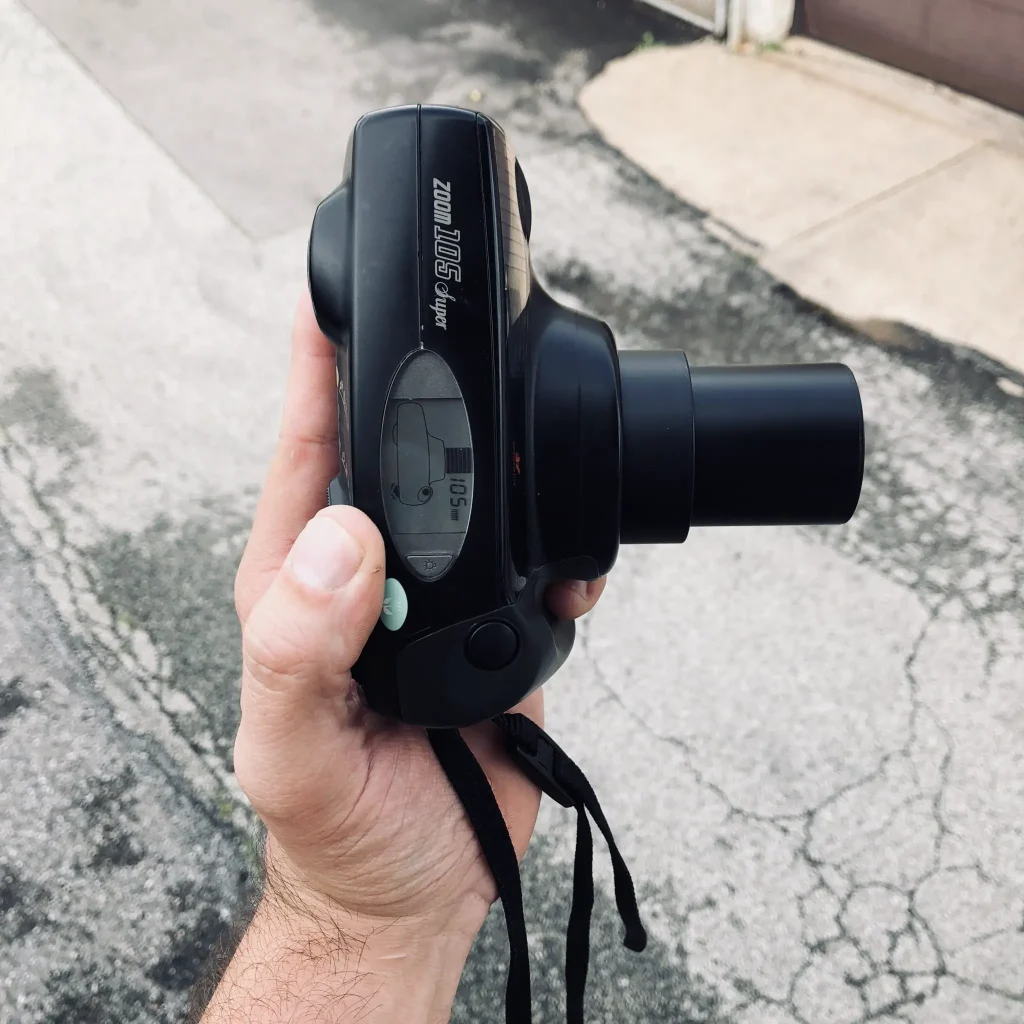

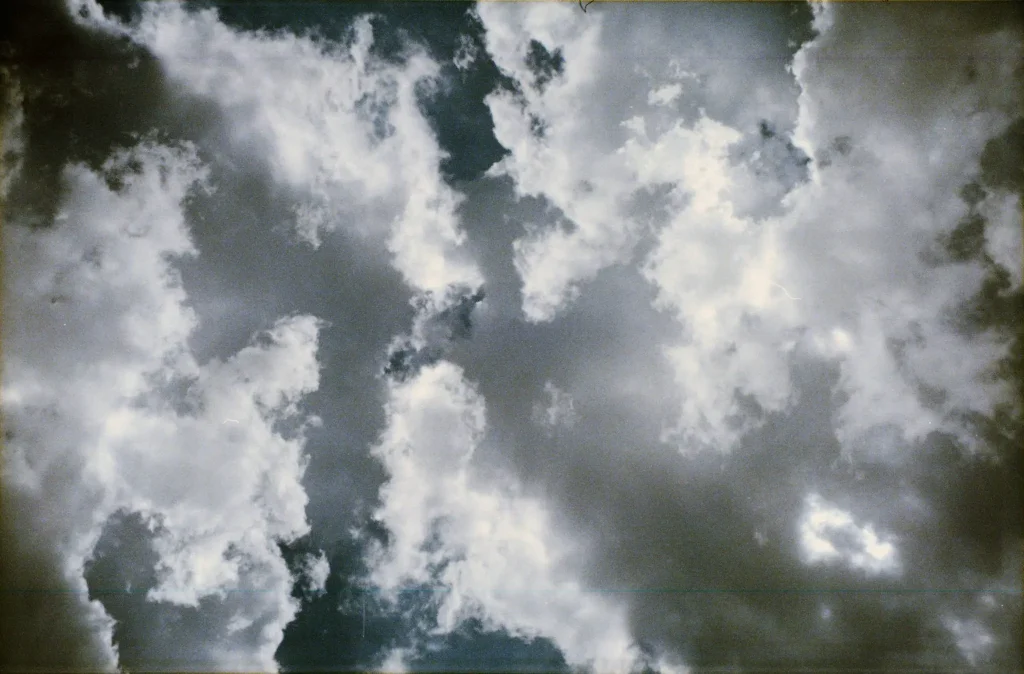
That contextualizes, a bit short-handedly, why today I’m writing about a Pentax Zoom 105 Super (unbranded as such, but part of the Espio IQZoom line) – this is a thrift store find, and middle-of-the-pack compact; one of those compacts you’d call a compact without consideration for what it’s compact in relation to. You know the sort: larger than the first AF cameras, though not bulky; smaller than an Arriflex or the Hindenburg. So, it’s compact. Sure. In it’s day, it cost $400 new, and there’s a kind of muscularity to it; it feels well-made, a fact that caught my attention, as IQZooms are, more often than not, meagre in make. I’m looking at you, EZY-R. The quality of manufacture extends to the lens: 38-105mm f4-7.8 glass that transmits soft contrasts.
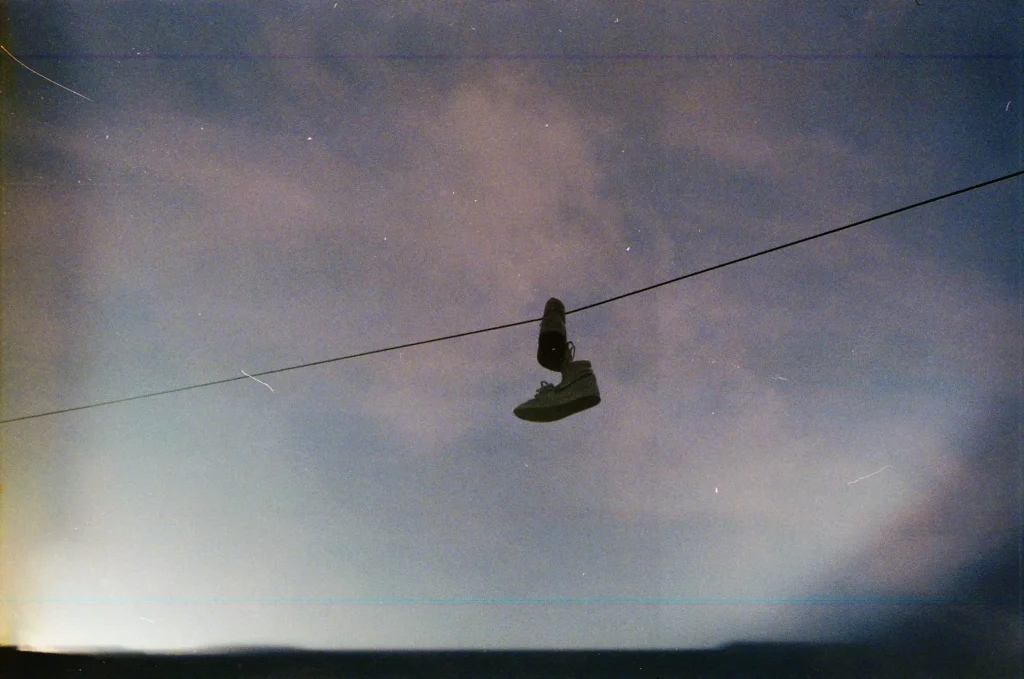
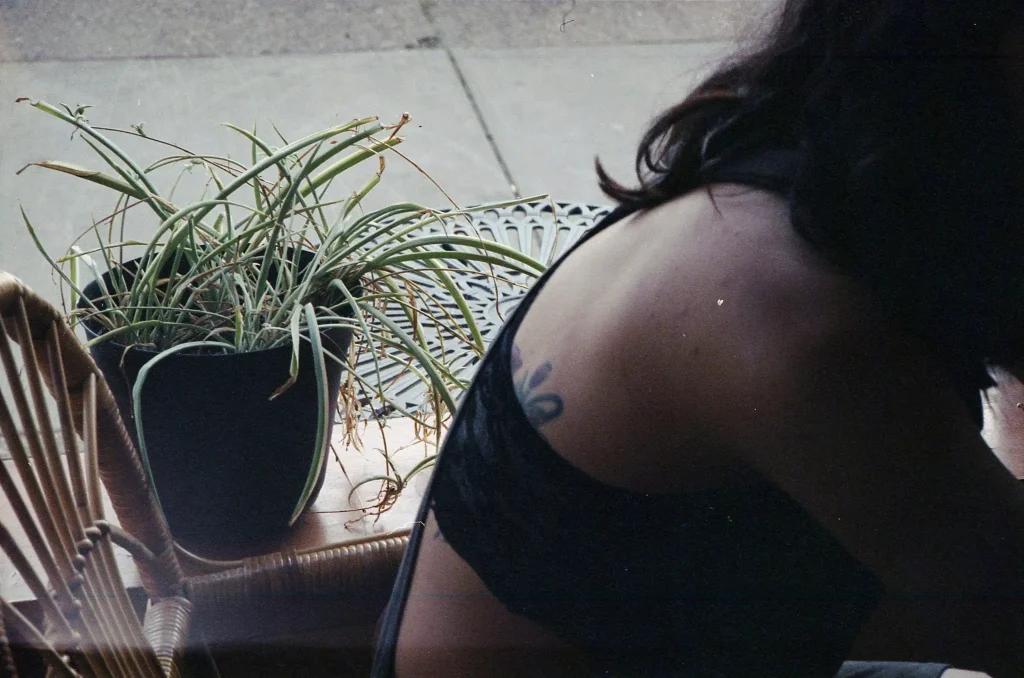
Pentax Zoom 105 Super features: bells and whistles, bells and whistles. All the usual, plus multiple exposure, intervalometer, and a “super macro” that’s accessed through a sliding panel on the camera’s side. The macro is decidedly un-super, maxing at a distance of a foot and a half. Exposure compensation. Portrait mode. The modes and features are easily cycled through using three buttons on the back. Did I mention bulb mode? Because that’s what caught my attention.
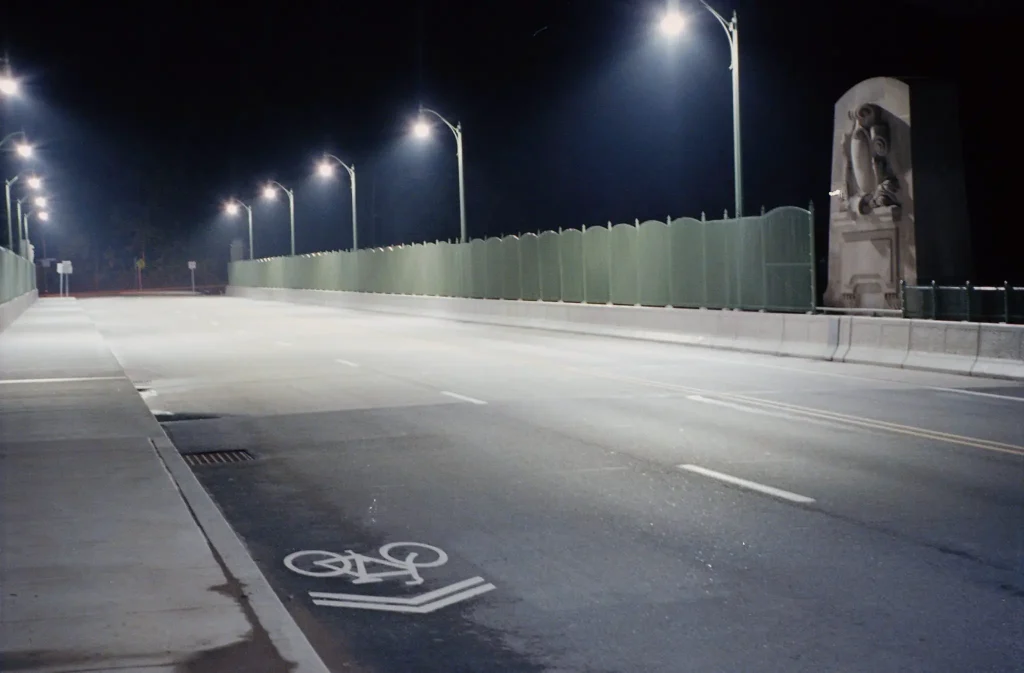
With few exceptions, such as with the Konica AiBorg – the only camera that cosplays as Kylo Ren, and whose features require pilot training and a steely countenance – I don’t venture far into a point-and-shoot features, as they tend to be variations on standard modes. For example, “portrait” mode amounts usually to an auto-zoom to 70mm.
Features like this are, of course, for ease of use for the consumer; the casual photographer before the advent of digital and not much use can be made of them now. When I use film – not for its predominance as a medium – but to make an image do what I want with a moment, multiple exposure, flash override, and exposure compensation are what I actively look for, but the Pentax Zoom 105 Super has just enough features to grant the me distinct creative latitude.
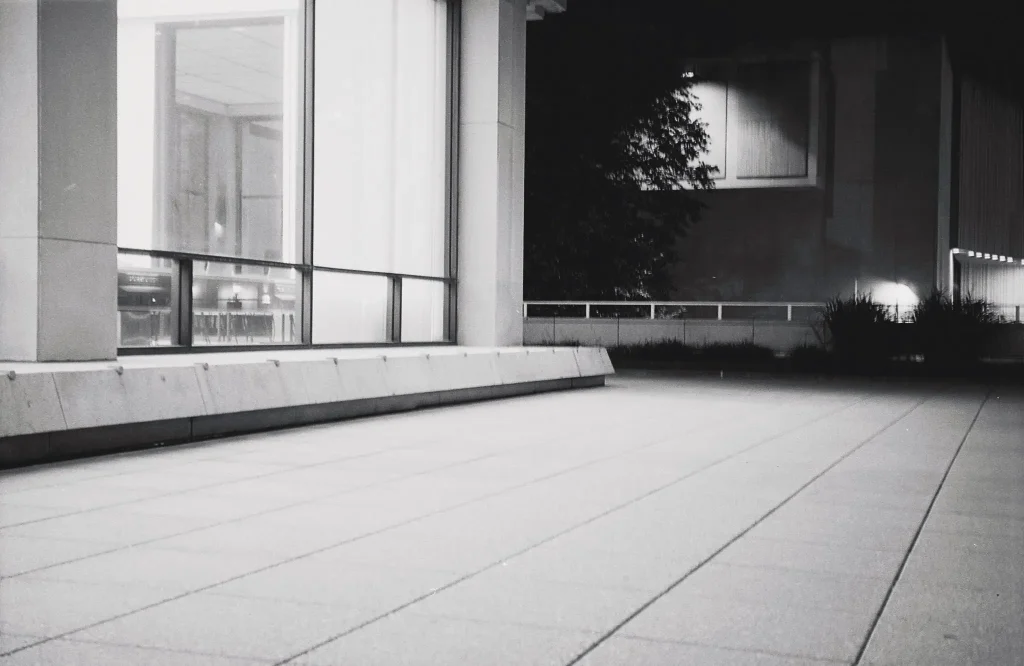

Of course, bulb mode – as a feature on a point-and-shoot – flies in the face of the AF logic of spontaneity. Sure. The option for long-exposures, though, is one I didn’t think I wanted until I realized I could have it, and I didn’t notice it – I hate to admit – until the final exposures of my first roll. Cheered by the negatives, I shot a roll of expired Ilford XP2. The bulb mode and interesting lens are a graceful combination, really making of the Pentax Zoom 105 Super a tool for a particular type of image; one with softly saturated contrasts. It wouldn’t be my first choice, nor does it qualify for my tiny pantheon of permanent point and shoots, but it’s a joy to discover that a random AF camera that allows such freedom.

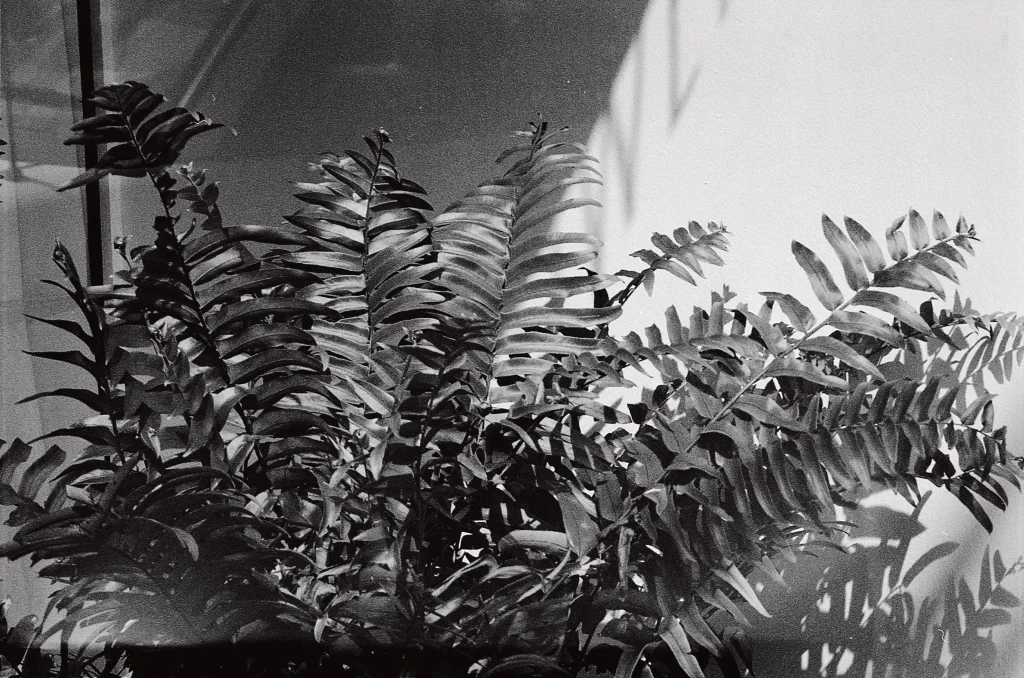
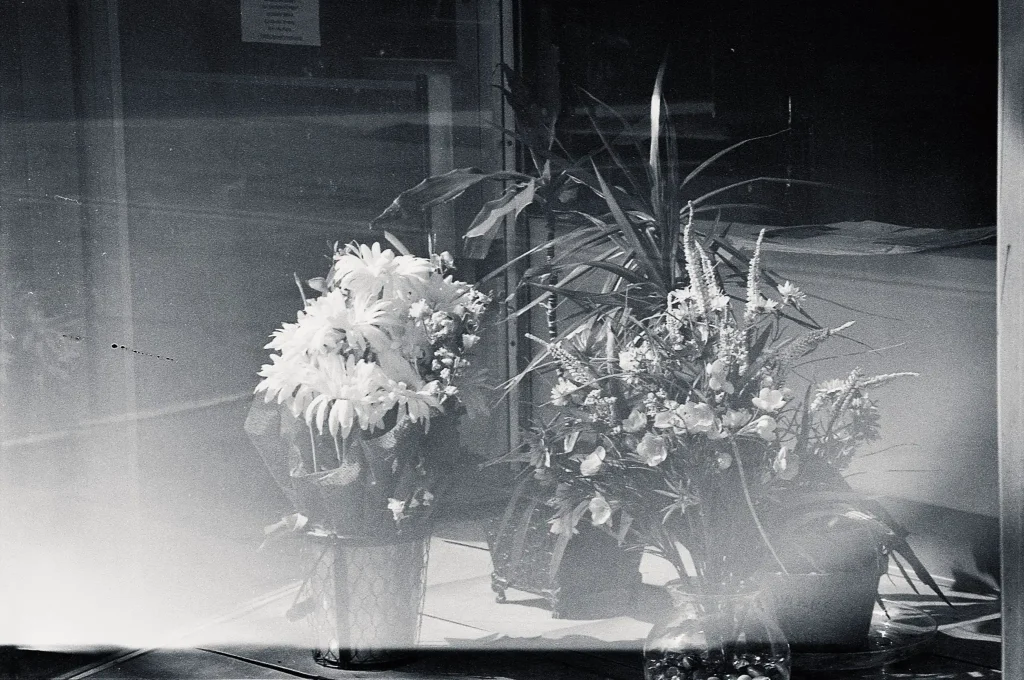
Also, I’ve gotta note: I can’t tell if the fogging on some of the frames is chemical or light; not every exposure suffers from it, and the rolls from my Pentax Zoom 105 Super were developed at different times. Yet, there’s no apparent damage to the light seals, and the long exposures – which I’d think would be most susceptible if it were light fogging – are all crisp and evenly exposed. I can’t say, but I don’t balk at unpredictability with these cameras.
Check out my older posts on my Instagram! I update often.
https://www.instagram.com/nullify.us/
Share this post:
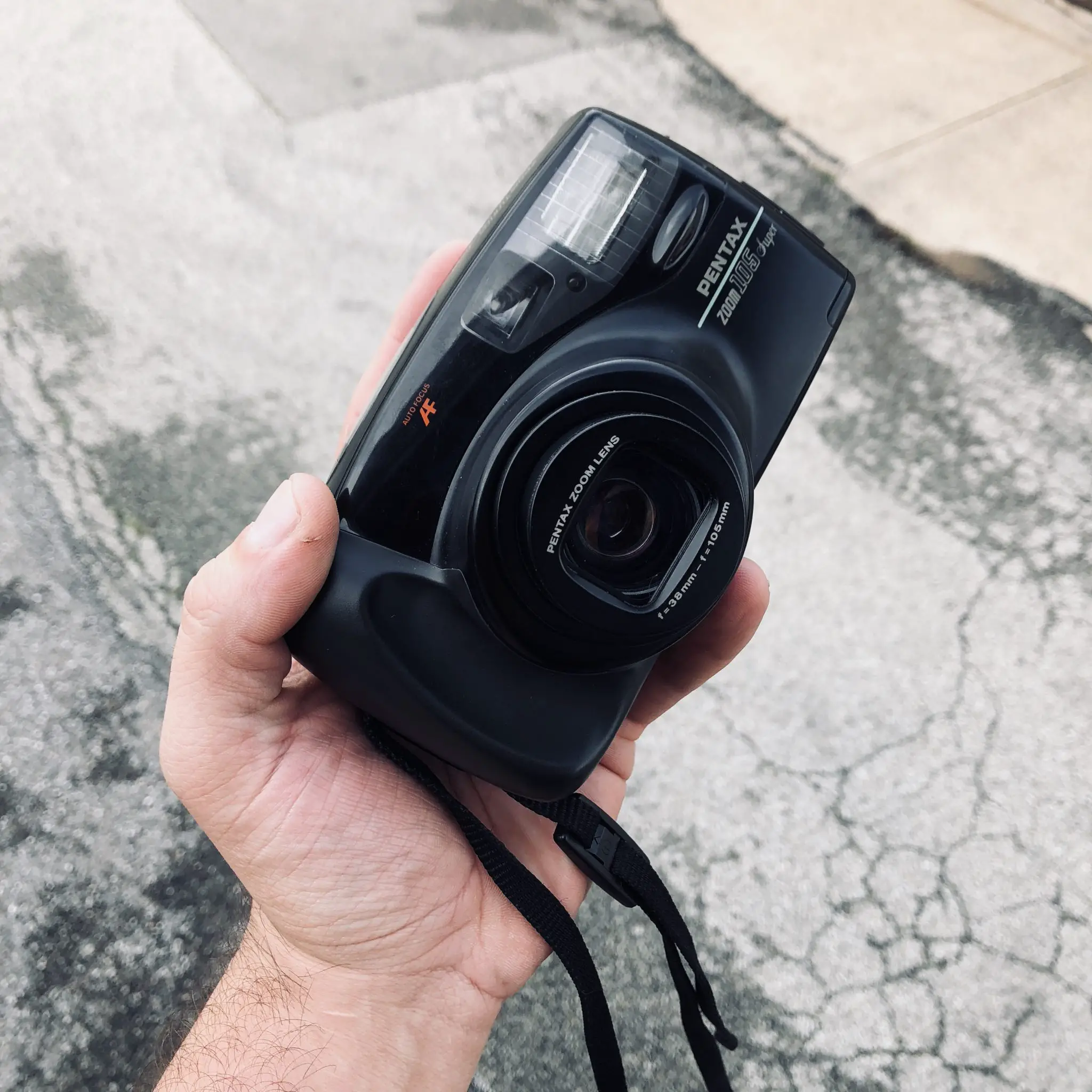








Comments
matt evans on Pentax Zoom 105 Super Review – By Pedro Trevino
Comment posted: 15/01/2019